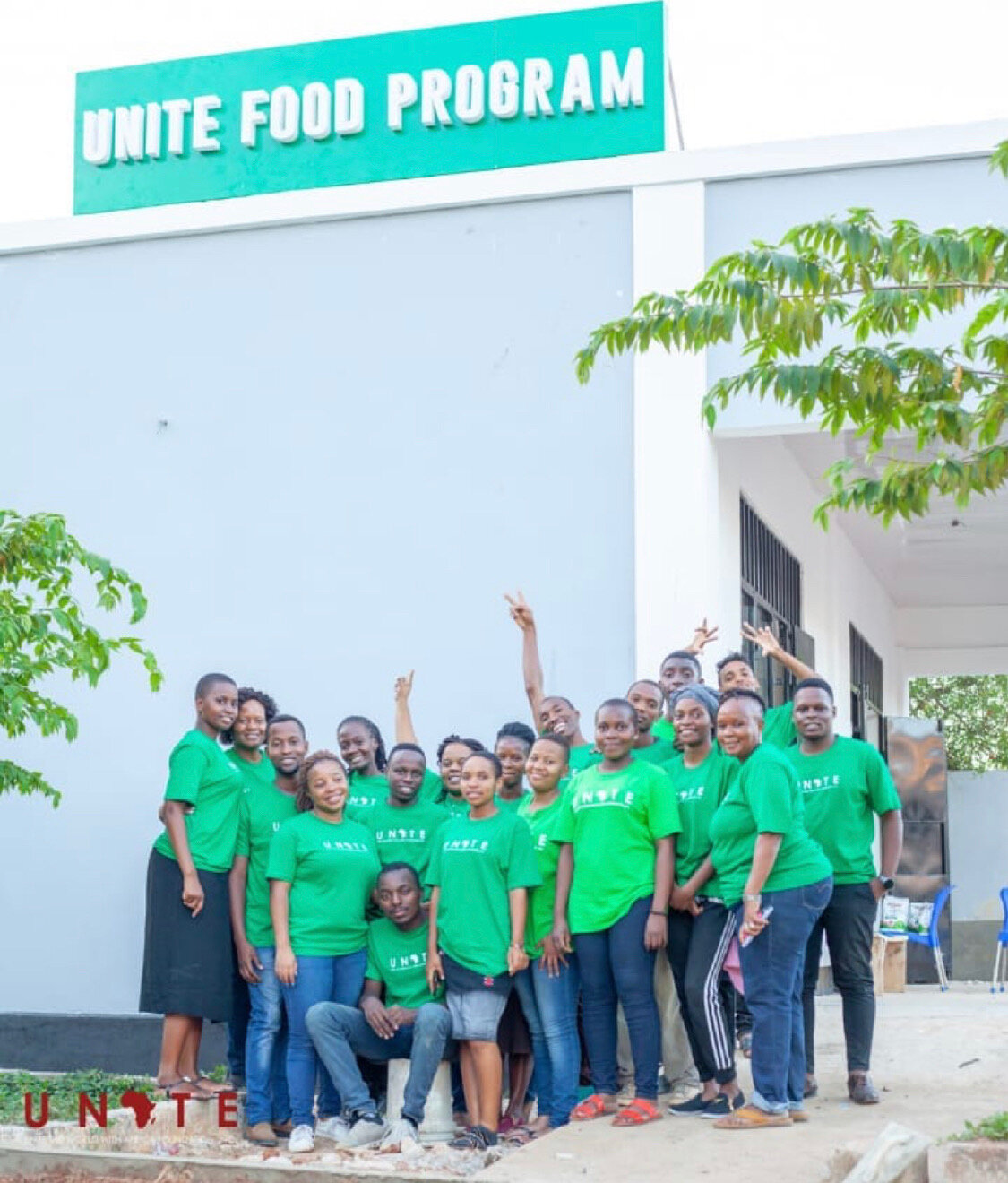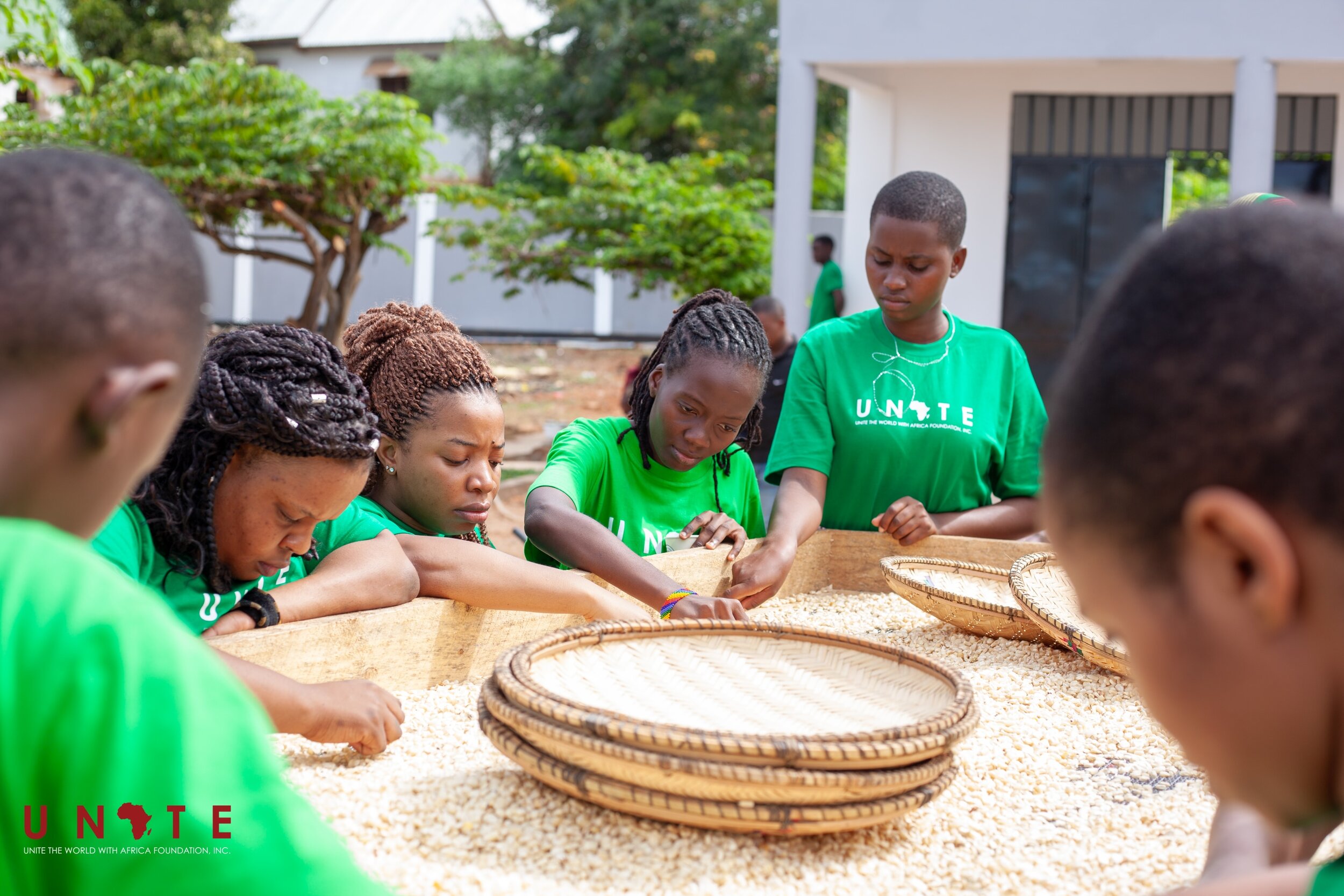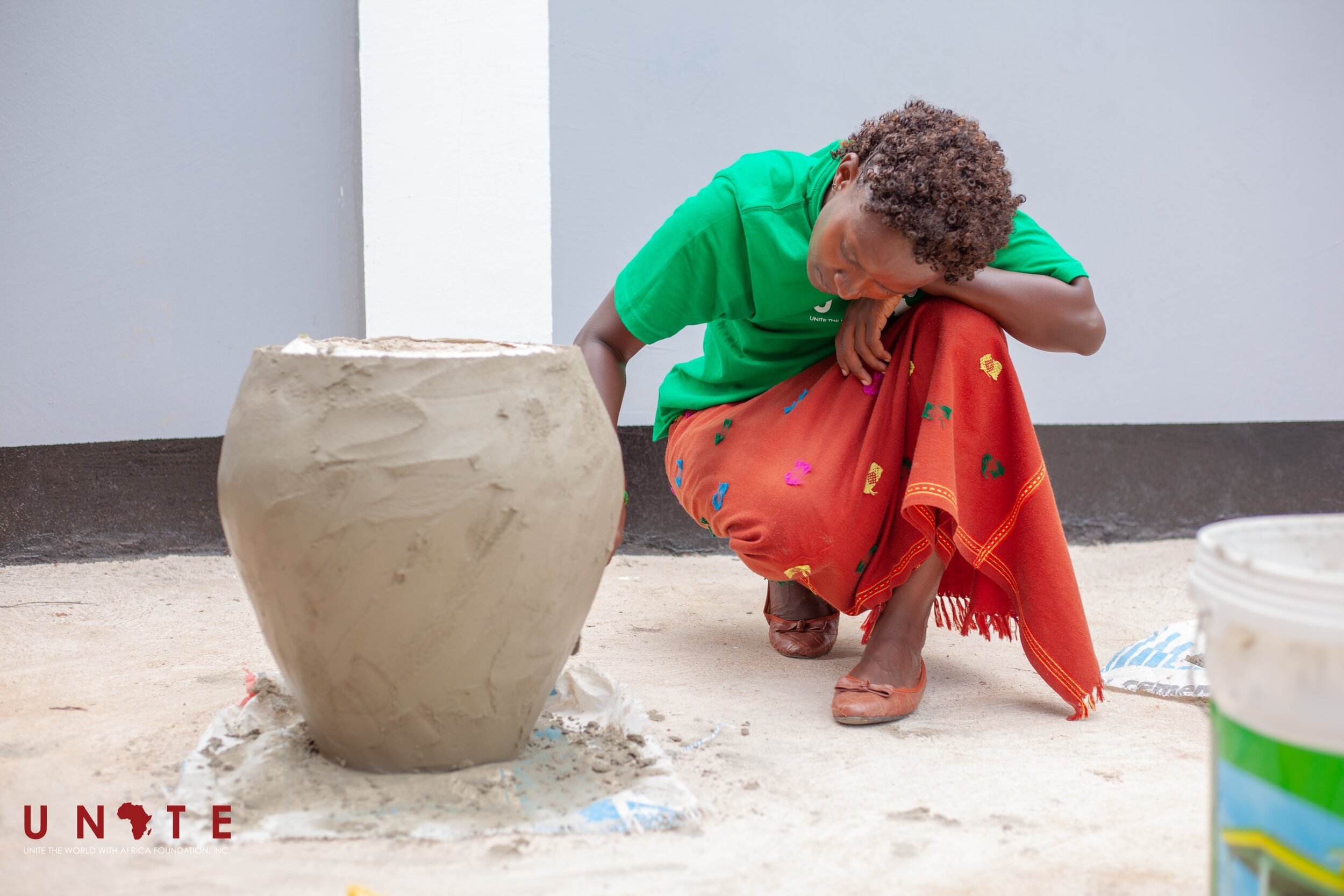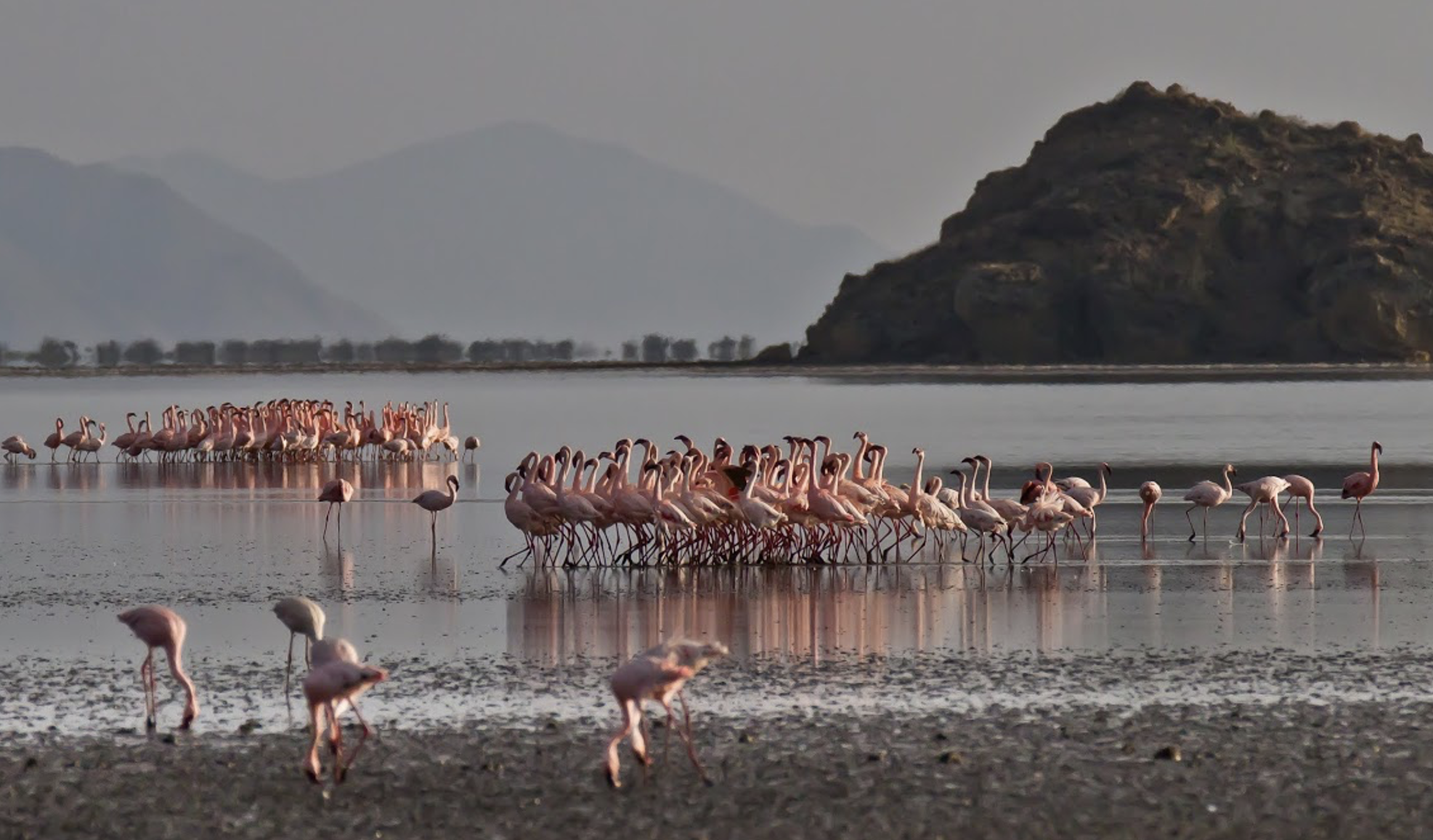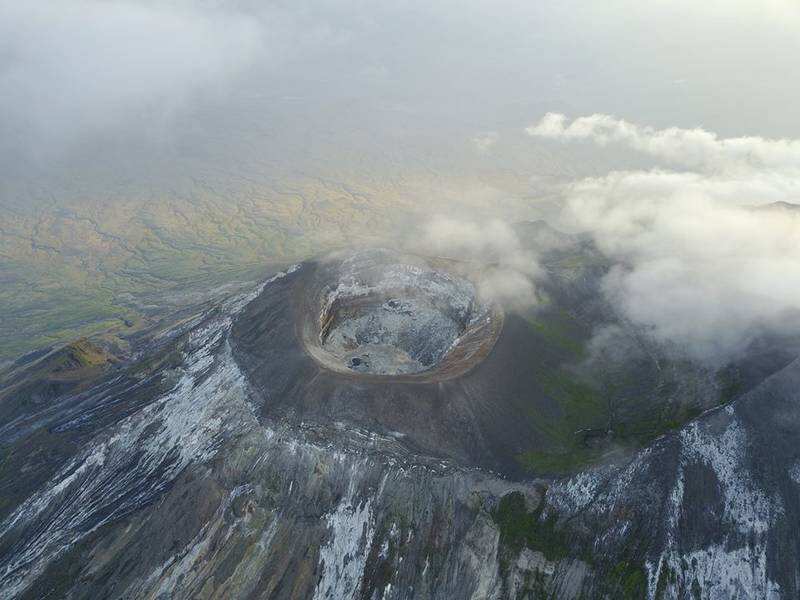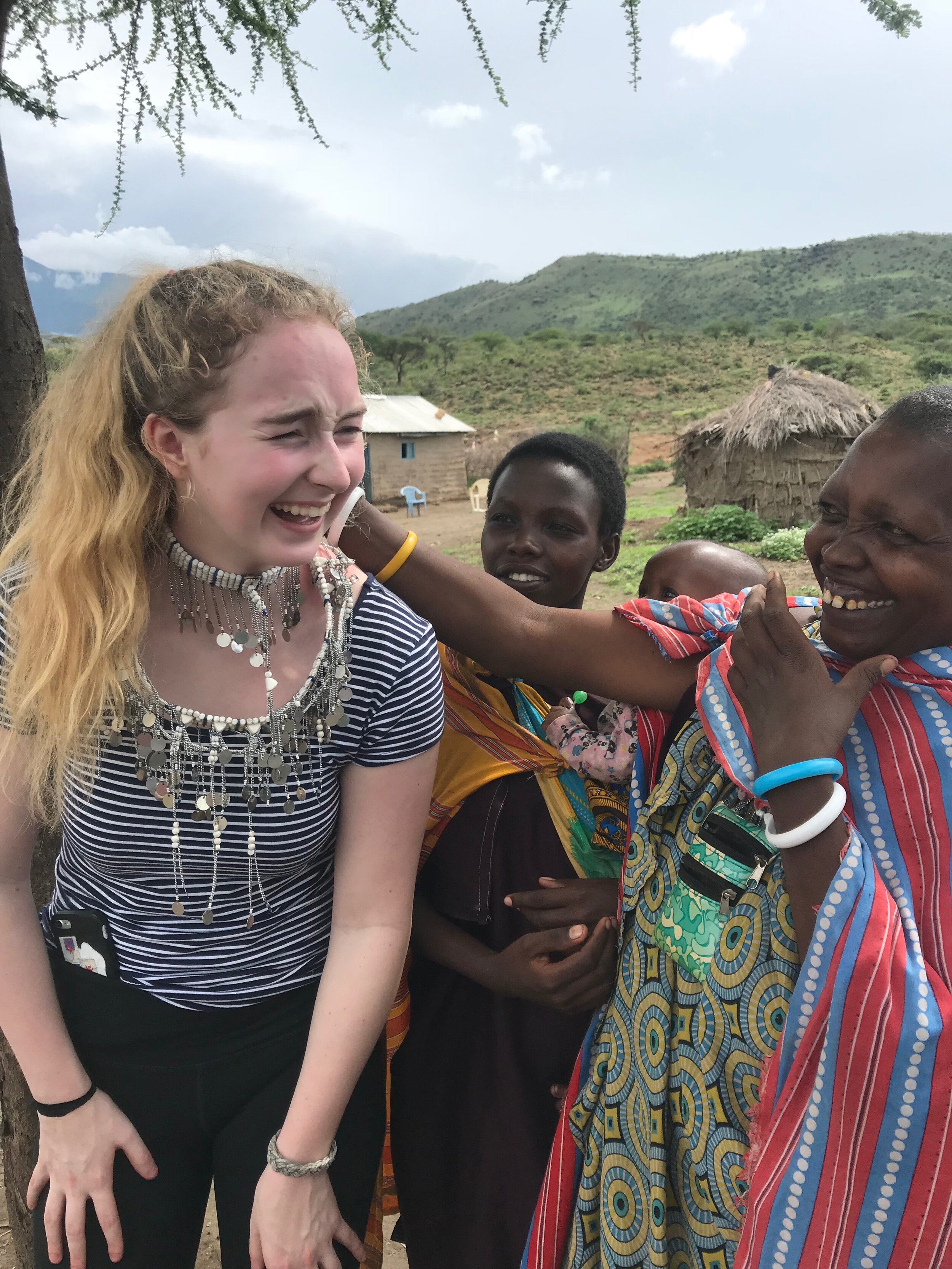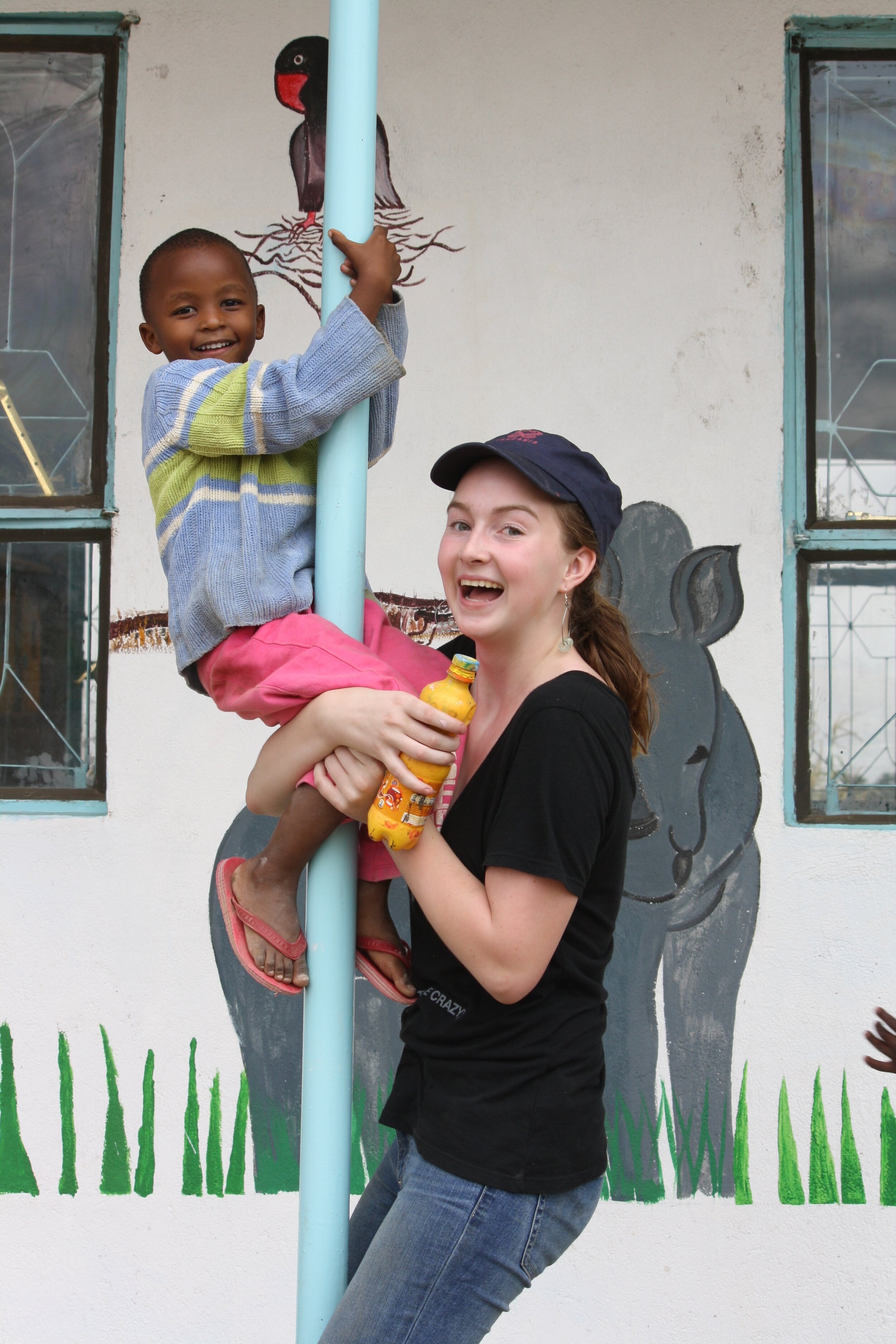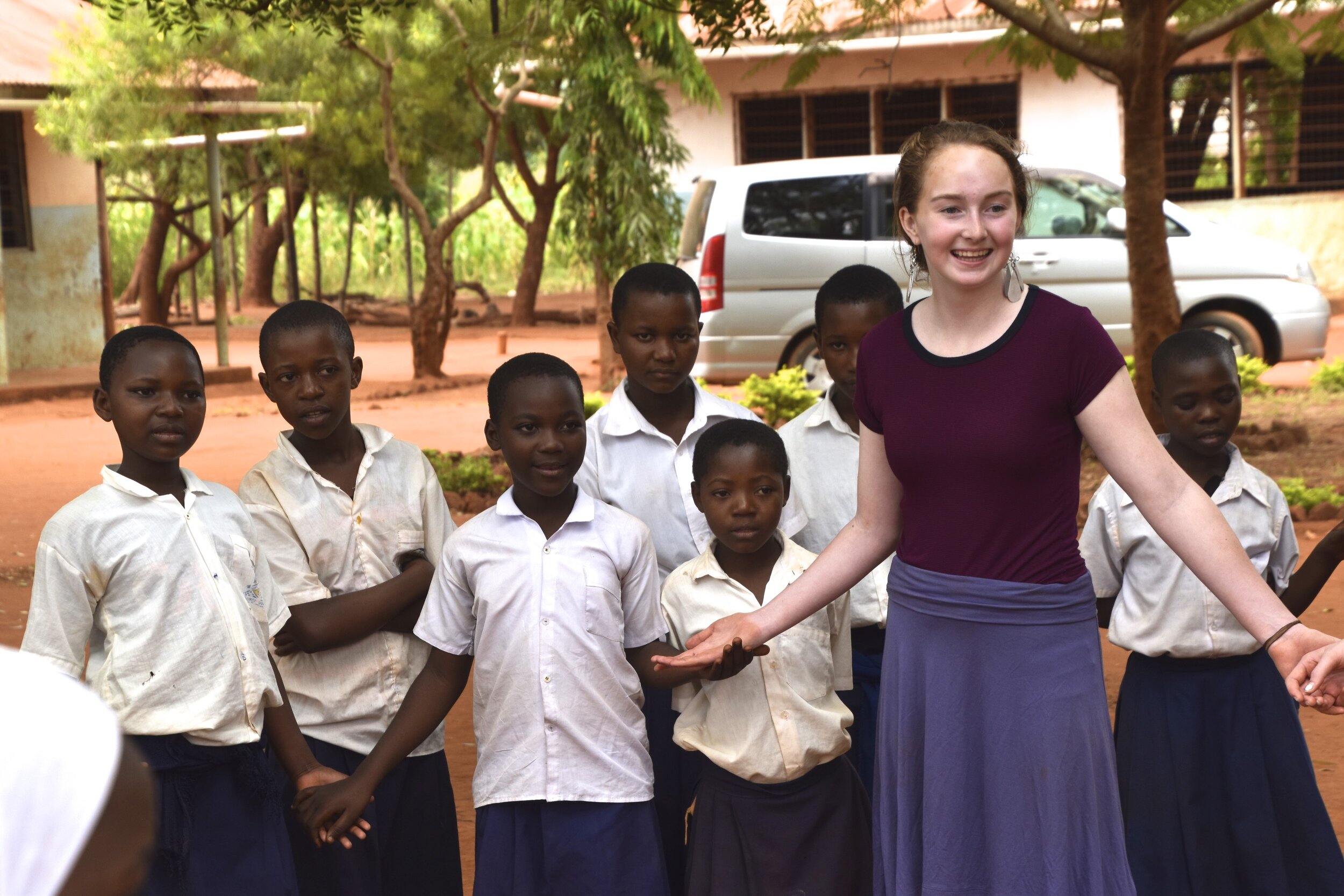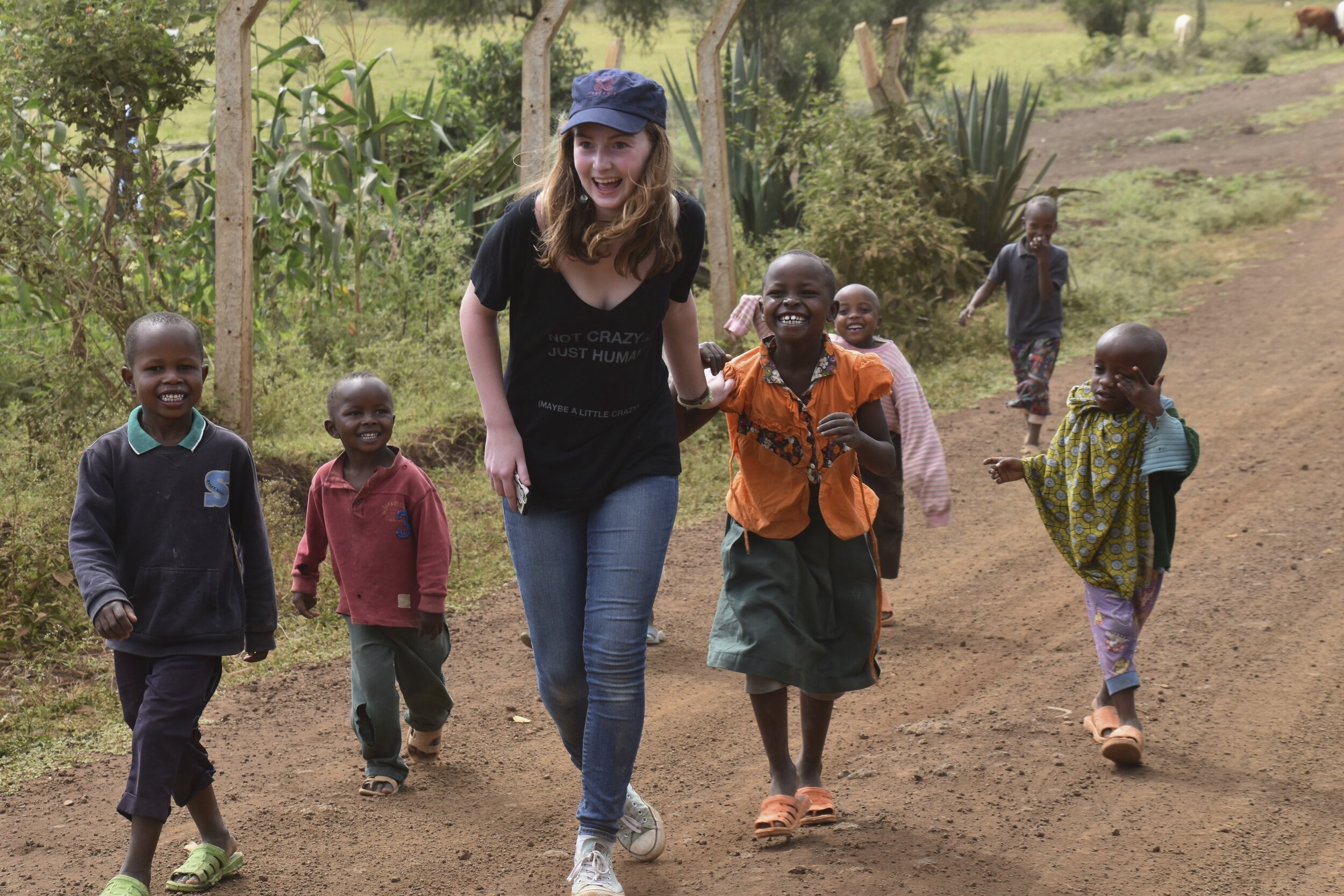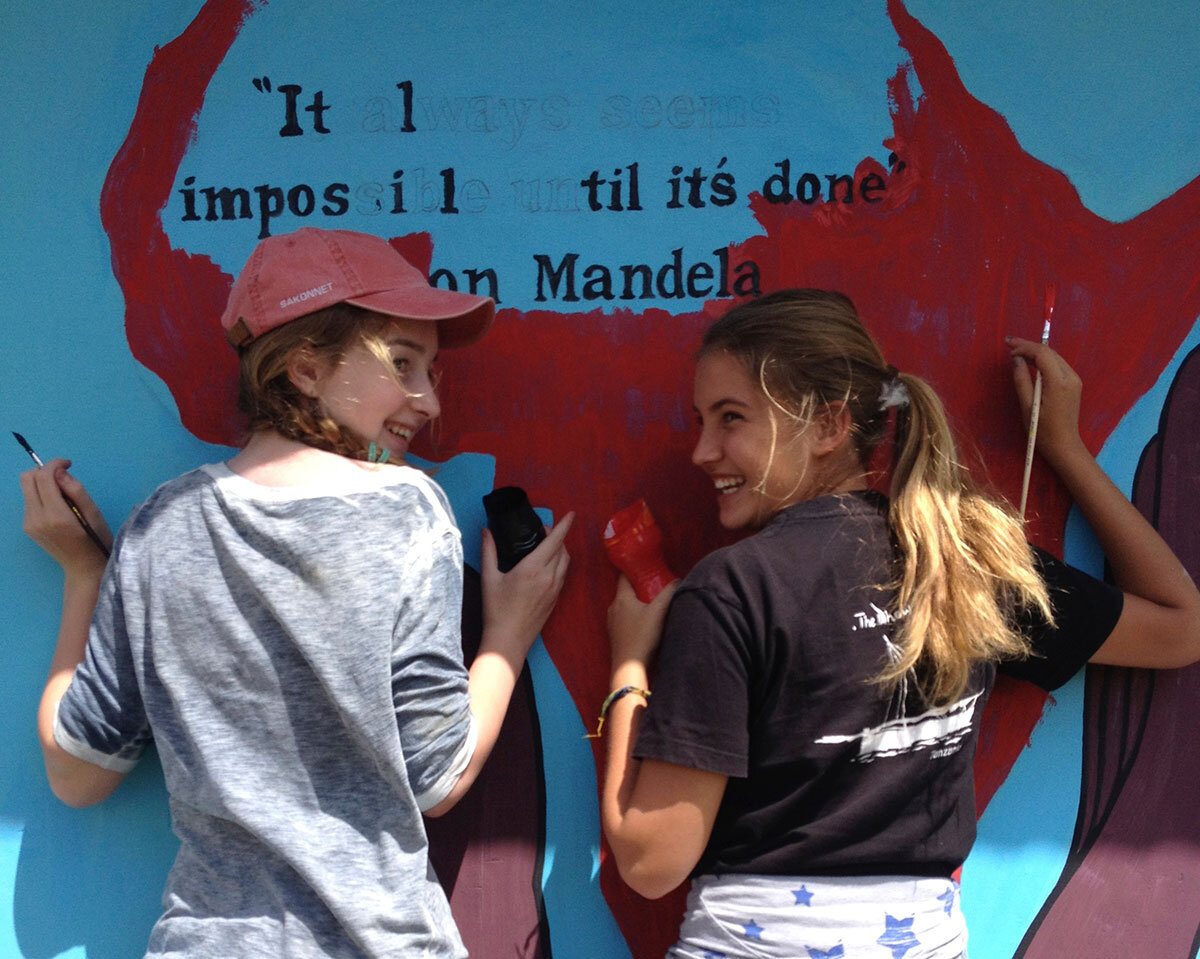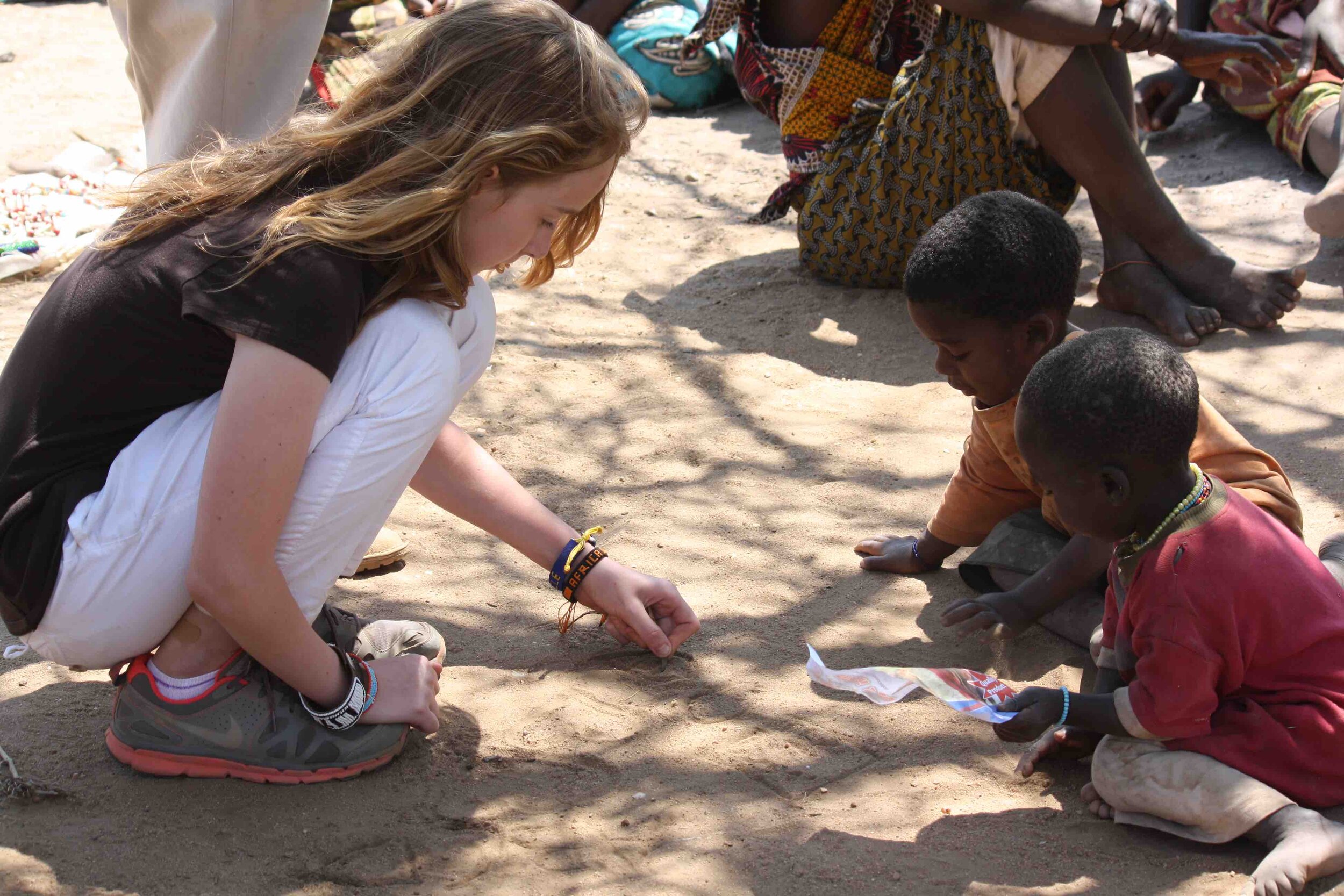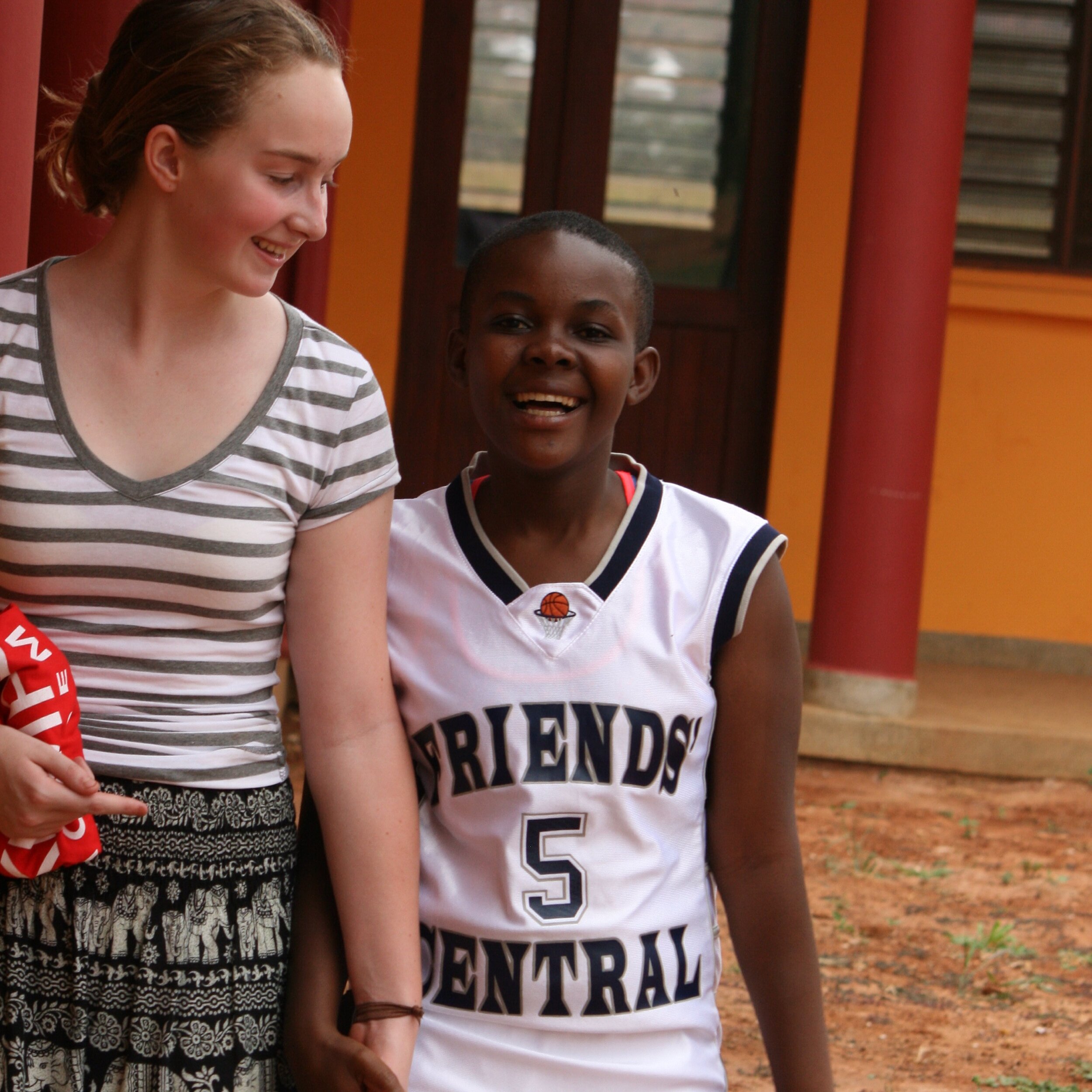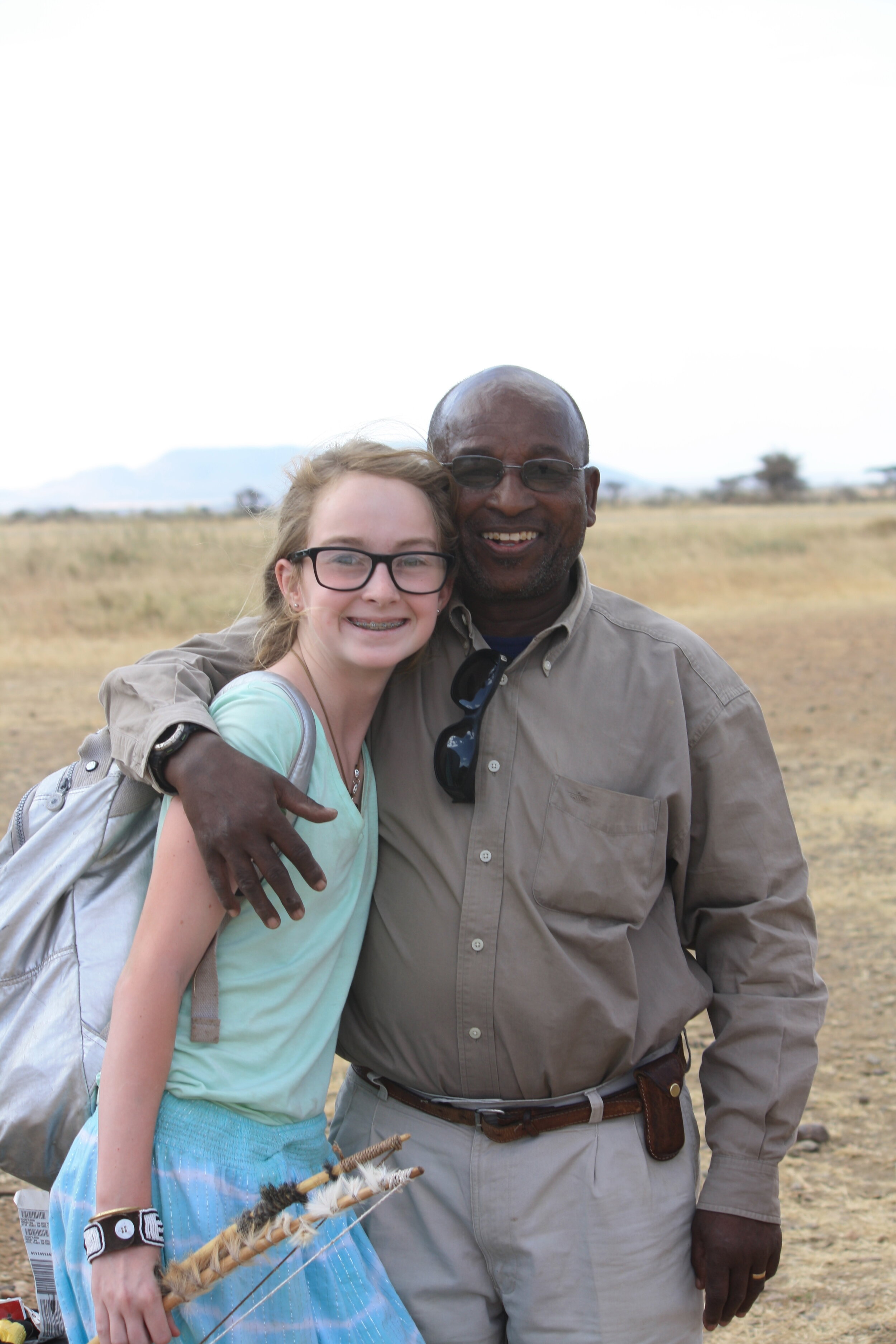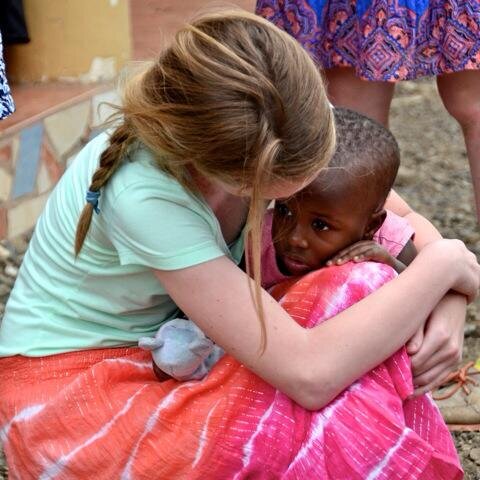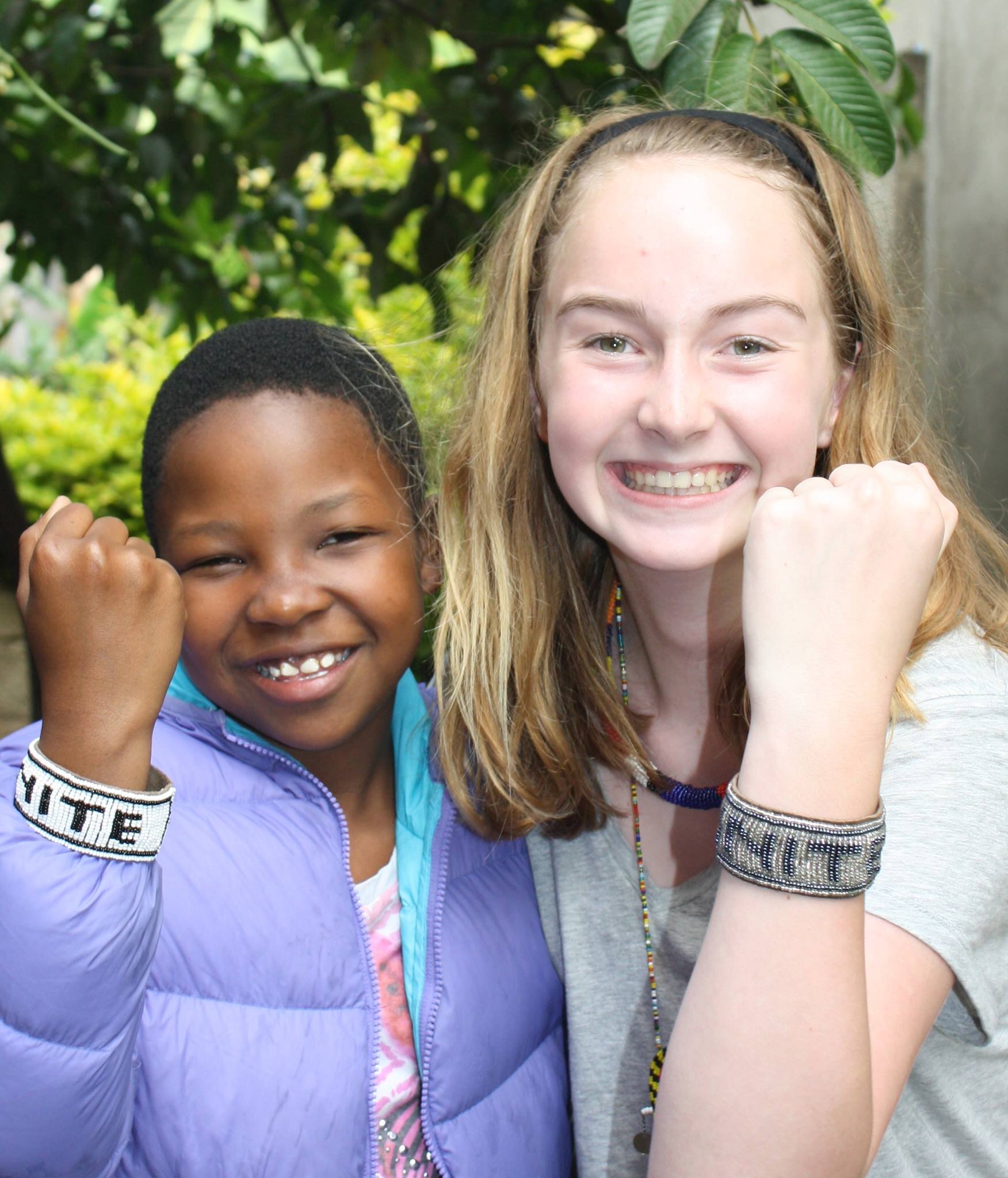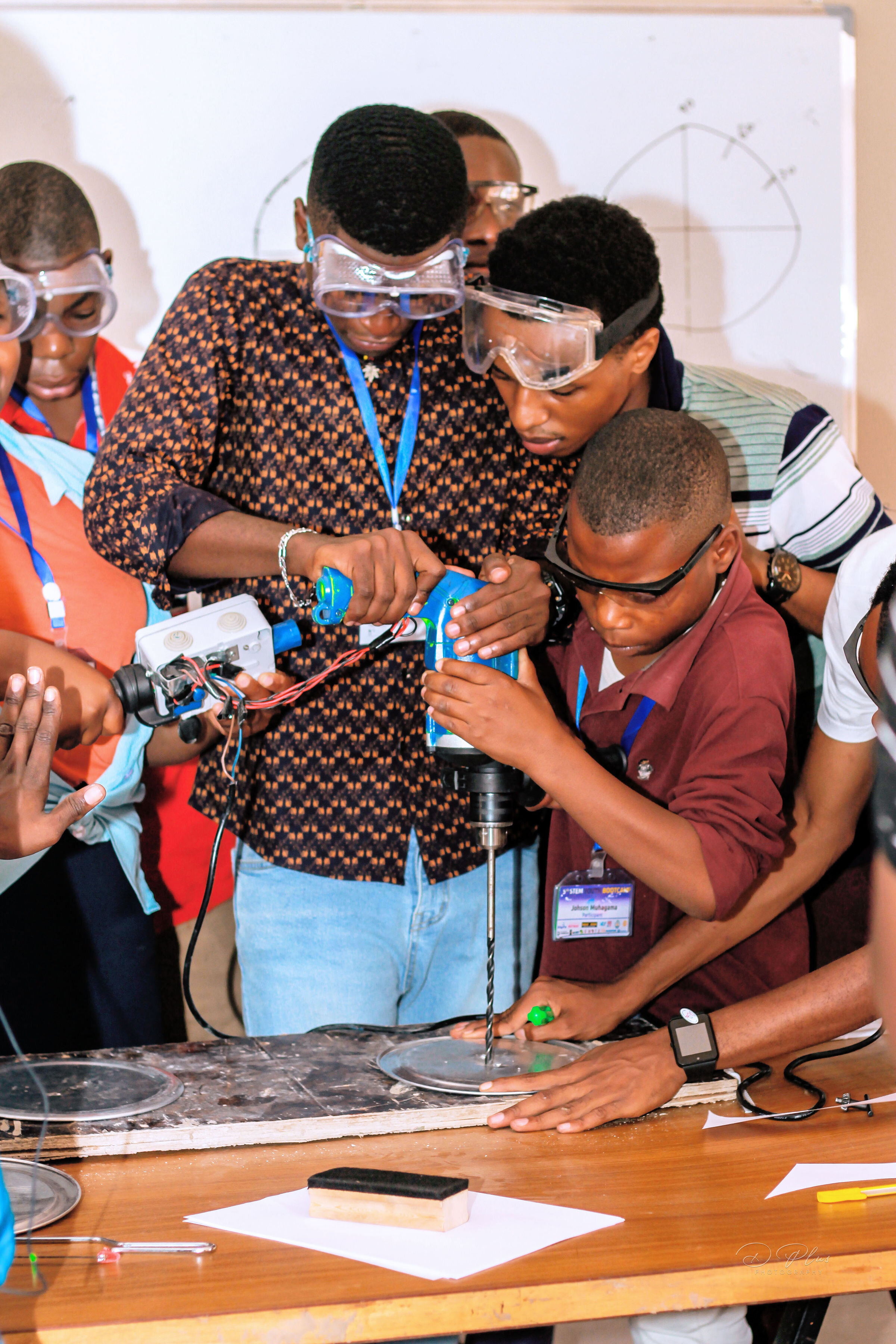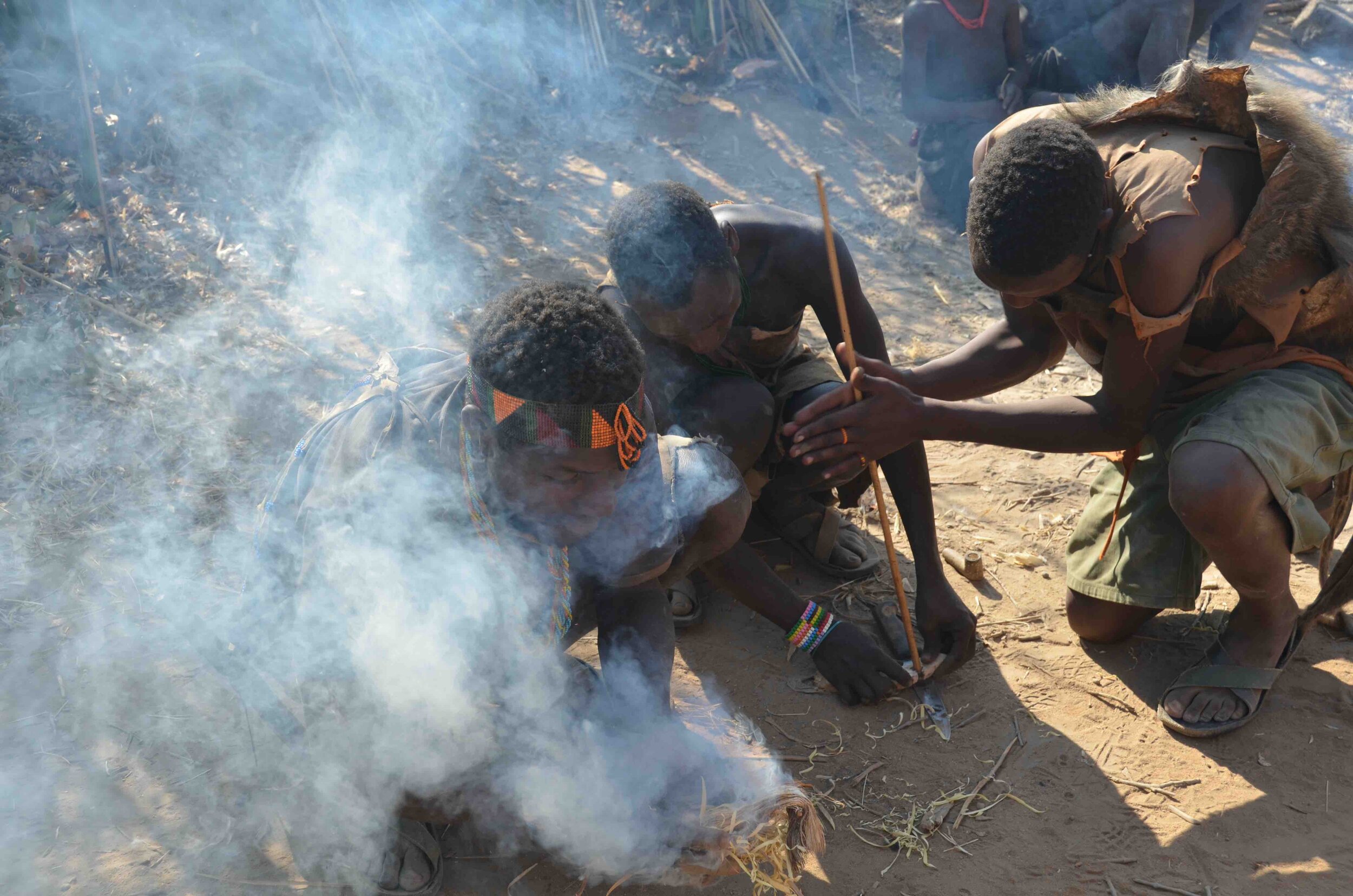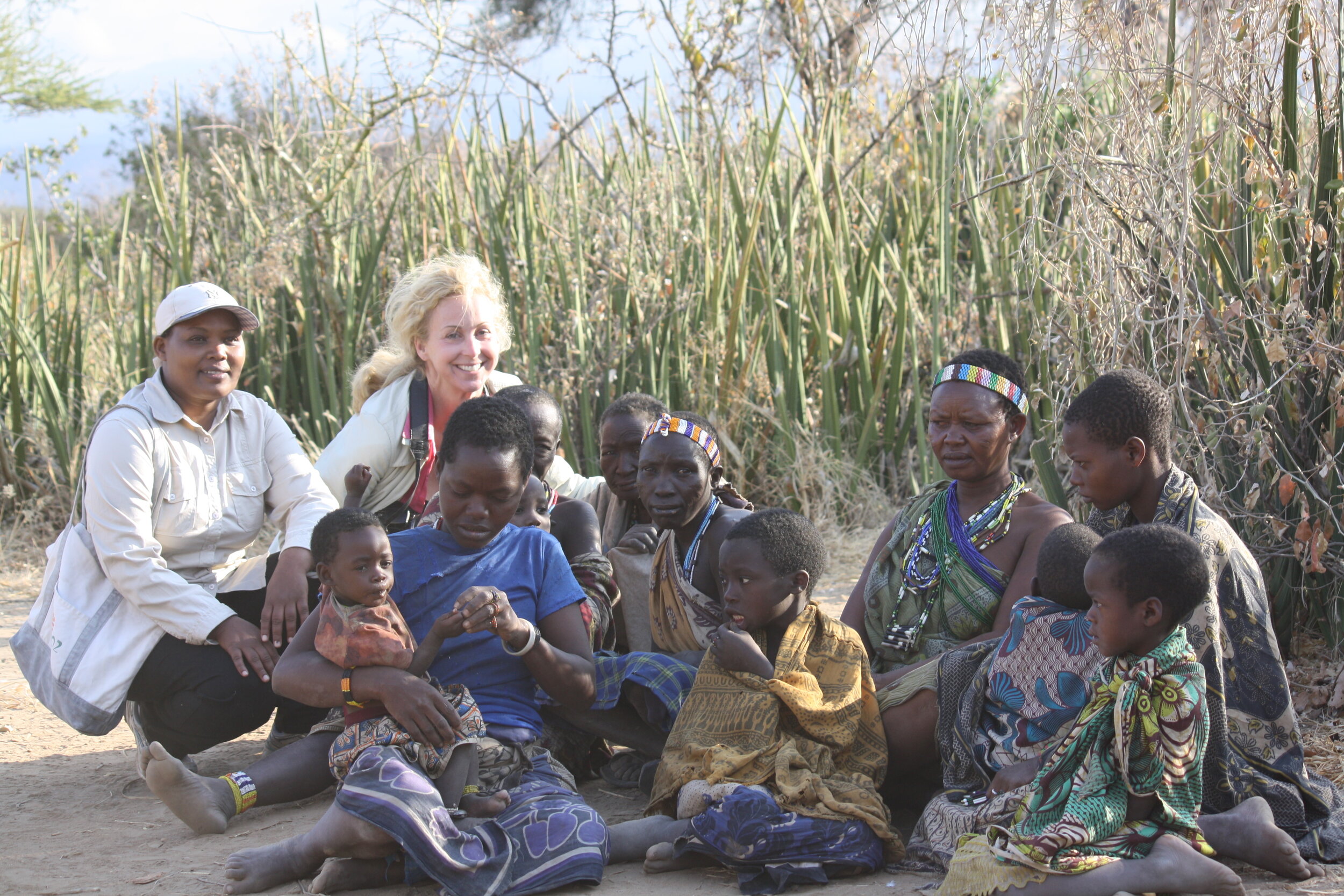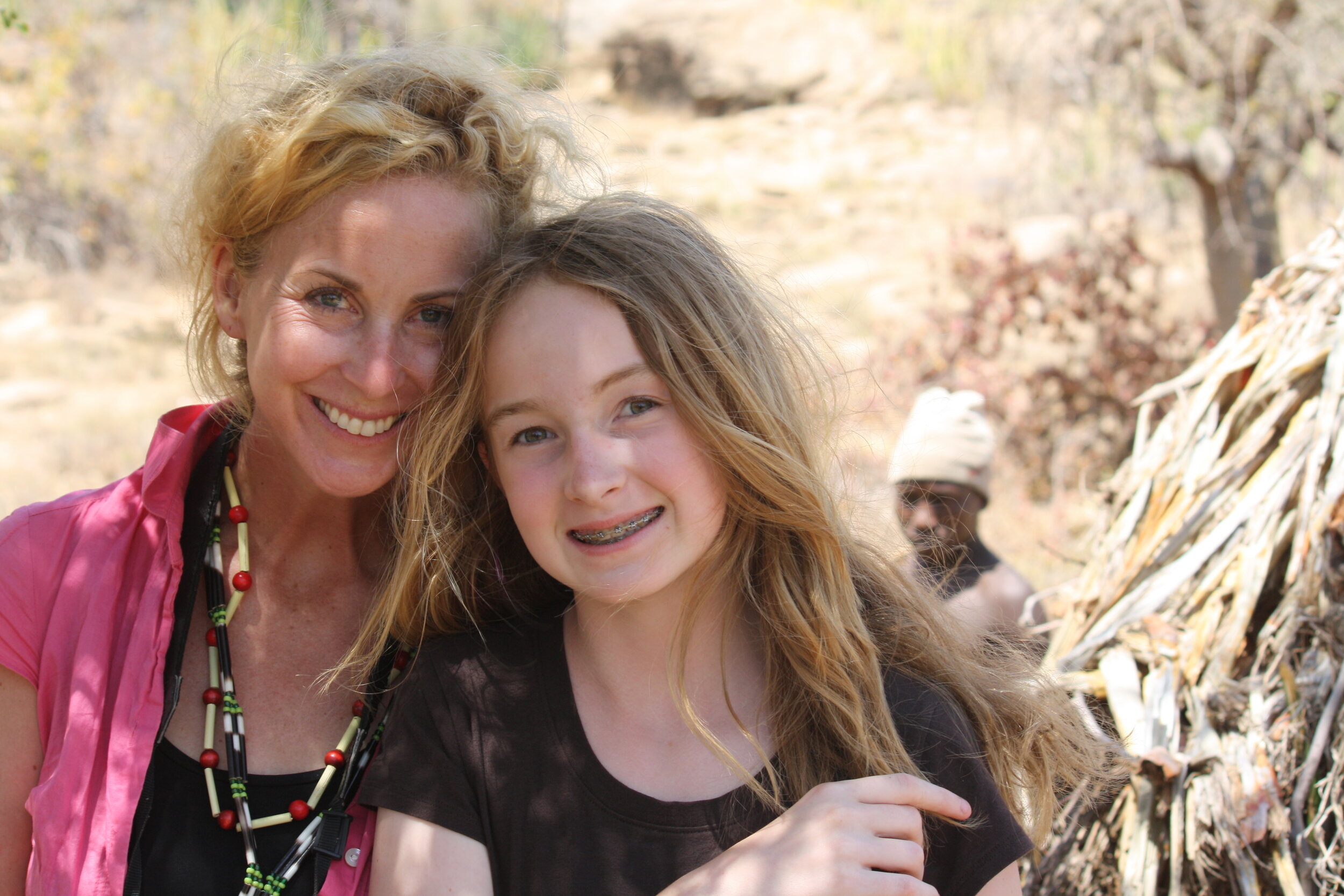Last month, over their school holiday, a number of Unite Scholars participated in internship programs at the newly constructed Unite Food Program (UFP) Headquarters in Dar es Salaam and at our Unite Food Program outpost in Nankanga village in southwest Tanzania. They learned about agro-business, customer service, teamwork, organic food processing and gardening, and so much more. This post features highlights from the scholars’ internship at HQ. The next post, Part II, will cover their experiences in Nankanga at the outpost.
“In order to save the society, we need to find problems and create solution. Unite Food program is the perfect example: buying grains from the poor to feed the poor.”
— Unite Scholar Ashura Amiry
A number of Unite Scholars who completed Form 5 and a few who graduated Form 6 (A-levels, higher secondary school) spent two weeks at UFP headquarters in Dar this June working alongside UFP teammates. “I learned so much about achieving my dreams and that, no matter what, I always need to keep on dreaming. Without dreaming we become like birds without wings who will never be able to fly.” —Unite Scholar David Bitaho, rising Form 6 student at Tabora Boys Secondary School.
The internship at UPF HQ began with the receiving, unloading, and processing of more than 33,500 kilograms of organic maize purchased from small-scale farmers in the Iringa district. (To date more than 70,000 kilograms of organic maize have been purchased from small-scale farmers across Tanzania and delivered to UFP HQ).
Click HERE to see a one-minute video of the unloading process.
First, the maize is unloaded from the transport packages and laid out to dry in the sun to remove any last bits of moisture that could eventually lead to rot.
Next the maize is “winnowed,” which means that any unwanted dirt and/or debris is carefully and painstakingly removed by hand so that the final maize that is loaded into the air-tight Agro-Z storage bags is pure and clean.
Once packed in the hermetically-sealed, multi-layered, pest-resistant Agro-Z bags, the maize is arranged in the storeroom where it will remain safe and fresh for up to five years.
Click HERE to watch a one-minute video of the team sorting and cleaning the maize and preparing and packing the Agro-Z bags.
In addition to sorting and packing the maize, our scholars worked alongside our UFP team to “beautify” the UFP campus. They prepared the land for fodder grasses, spent time weeding and harvesting the on-site Unite garden, and even crafted and painted personalized clay pots in which they planted decorative flowers to line the gates and the interior walkways.
UFP co-director and environmental scientist Clara Wilson Ngowi demonstrates to the team how to make clay pots, which will be used to decorate and enhance the HQ campus. Each scholar was able to make, paint, and personalize his/her own pot — leaving a personalized “stamp” on UFP HQ.
The team received truckloads of topsoil, which they used to level and prepare the campus grounds for the planting of the fodder grasses.
Unite Scholar Ashura Amiry, Unite Program Director Anty Marche, and Clara Wilson Ngowi demonstrate to the team how to separate and plant the fodder grasses.
Click HERE to watch a one-minute video of the team planting the fodder grasses.
In addition to their hands-on labor at HQ, the scholars and team received two days of business training led by UFP advisor Romanus Mtunge (Tanzania Program Director for CUSO International) and local accountant and bookkeeper Mr Leo.
UFP Advisor Romanus Mtunge stressed to the scholars the importance of creativity, persistence, self discipline, commitment, staying true to one’s word, careful budgeting, risk taking, and the ability to learn from mistakes.
Professional accountant Mr. Leo led the team on lessons in bookkeeping and budgeting.
Additional topics covered during the two-days of training included sales and marketing; staffing and logistics; customer service; compliance and tax laws; leadership; and more.
“Mr Romanus talked to us about how to be a successful entrepreneur. He highlighted three basic things: Being practical with your money; realizing that building a business is a huge commitment; and being precise and honest with your word.” - Unite Scholar Luther Kavishe
Following their in-class business trainings, our scholars were placed in small working groups with UFP teammates and sent out into the field to conduct market research. Each teammate was tasked with interviewing shopkeepers and restaurant owners to complete at least 10 questionnaires that addressed such topics as which types of flour the customers were currently using, what price they were paying for their flour, what they liked and disliked about their products, what they are needing and wanting, and what would motivate them to buy from UFP.
The team at UFP HQ. June 2021
On the final day of the internship, the team welcomed special visitors Dr. Treasure Shields Redmond (co-founder of Fannie Lou Hamer House, a retreat space for black artists in America) and Lawrence Mwantimwa (founder & CEO of Africa Young Leaders Connect, a Tanzanian NGO that provides youth with leadership empowerment solutions). Dr. Redmond and Mr. Mwantimwa shared stories with our Unite Scholars about their personal career paths, some of the challenges and successes they faced along the way, and about the importance of hard work, focused vision, collaboration, and serving one’s society at large.
And then, it came time to celebrate! Unite’s lead mentor Joan Mnzava (top left) presented each scholar with a personalized certificates and gifts of organic honey.
Following the awards ceremony the team danced, sang, and ate cake!

